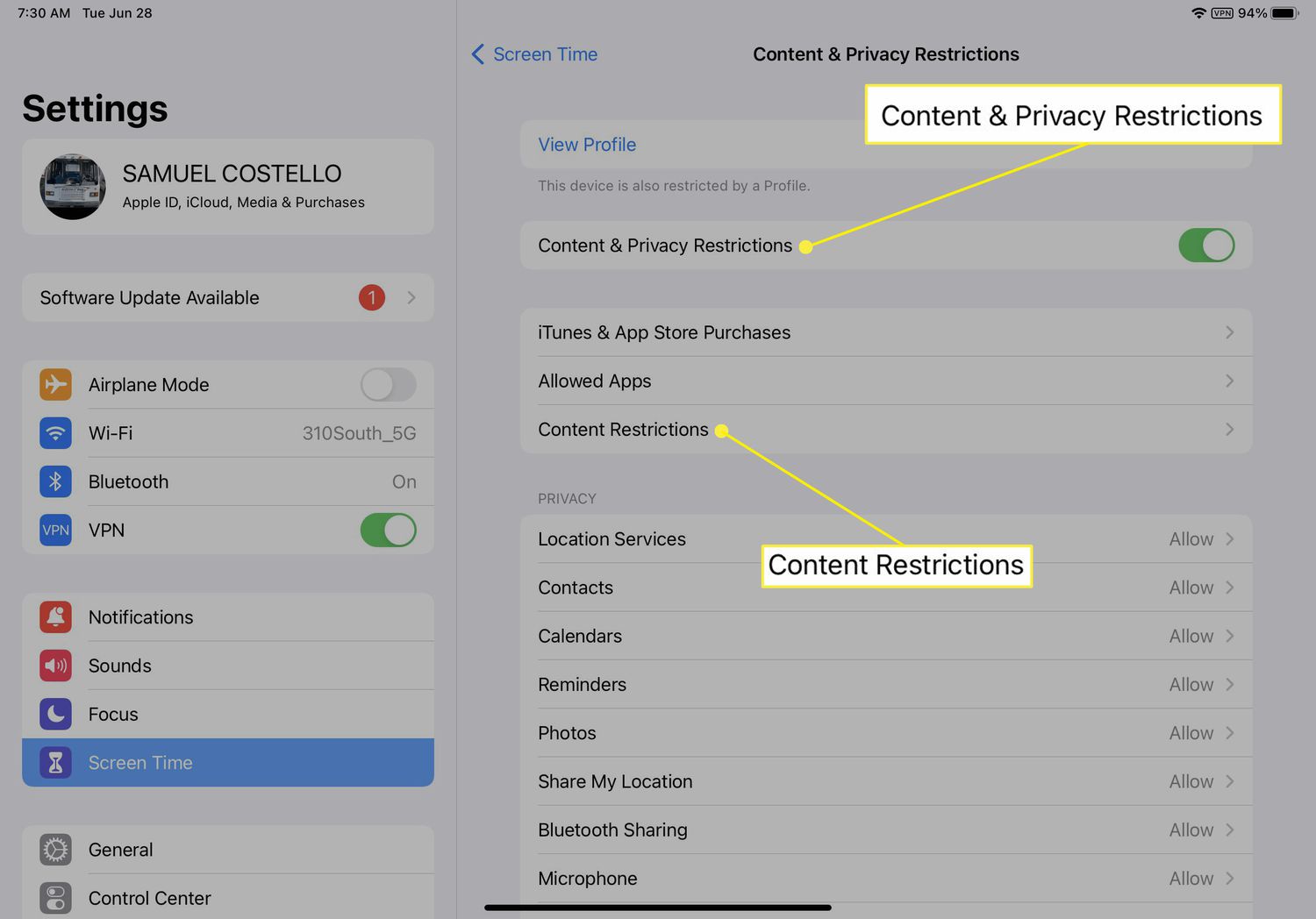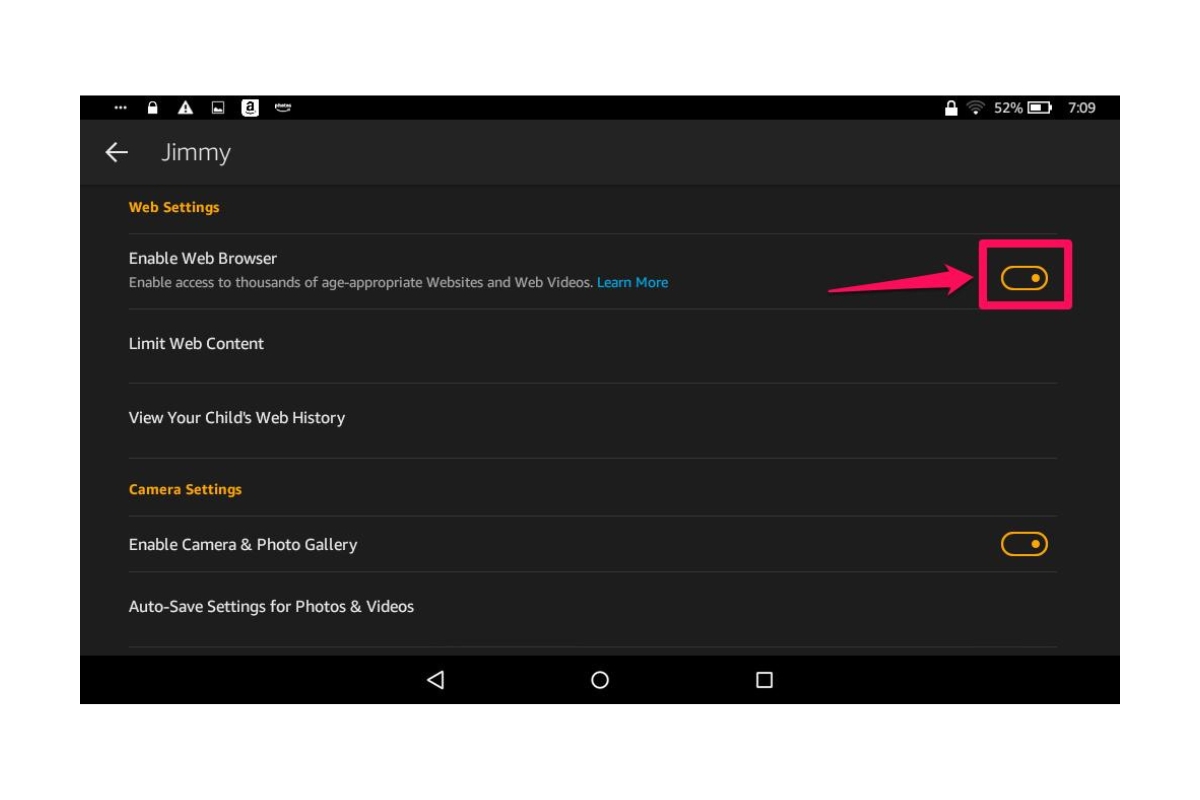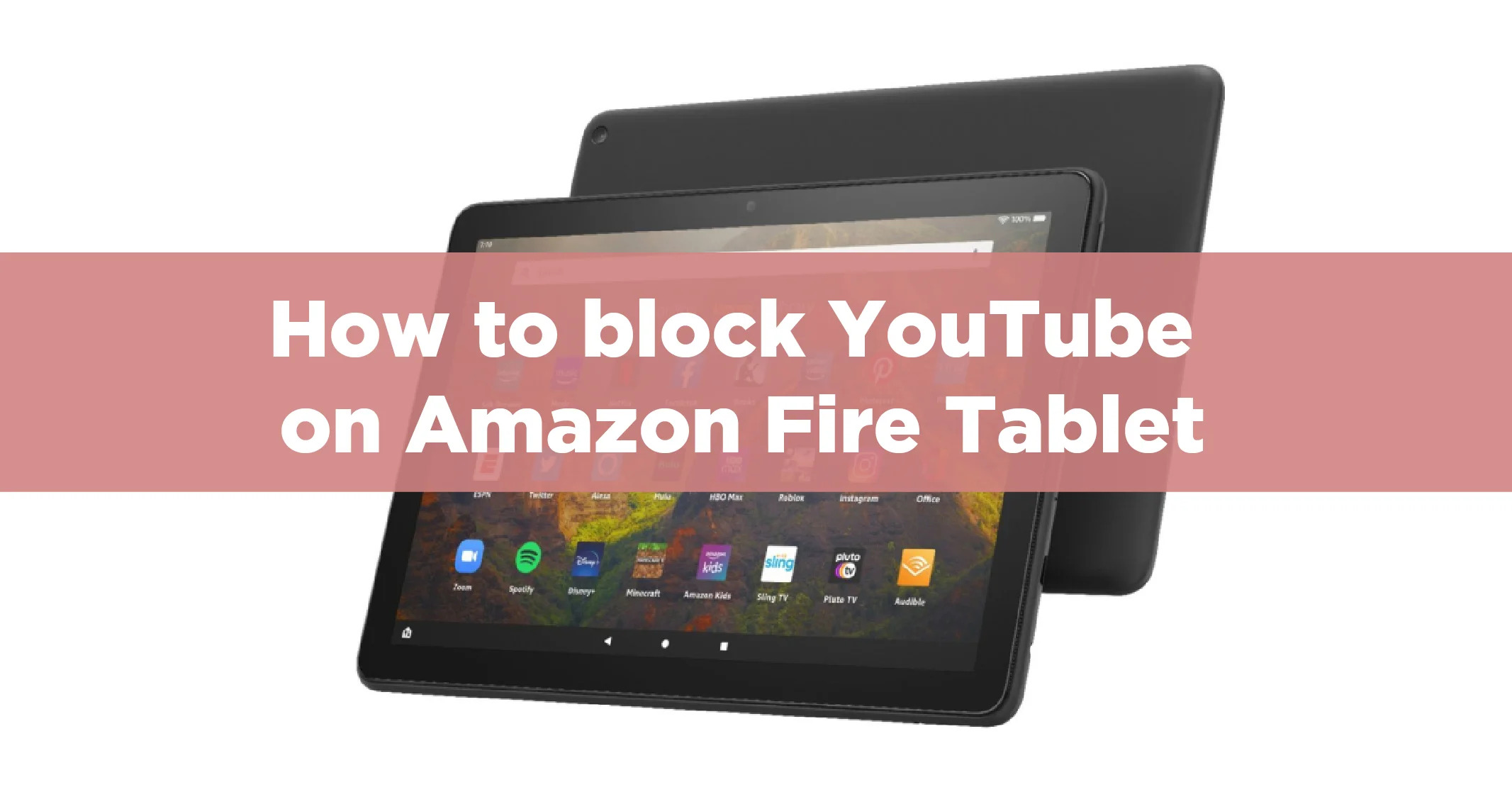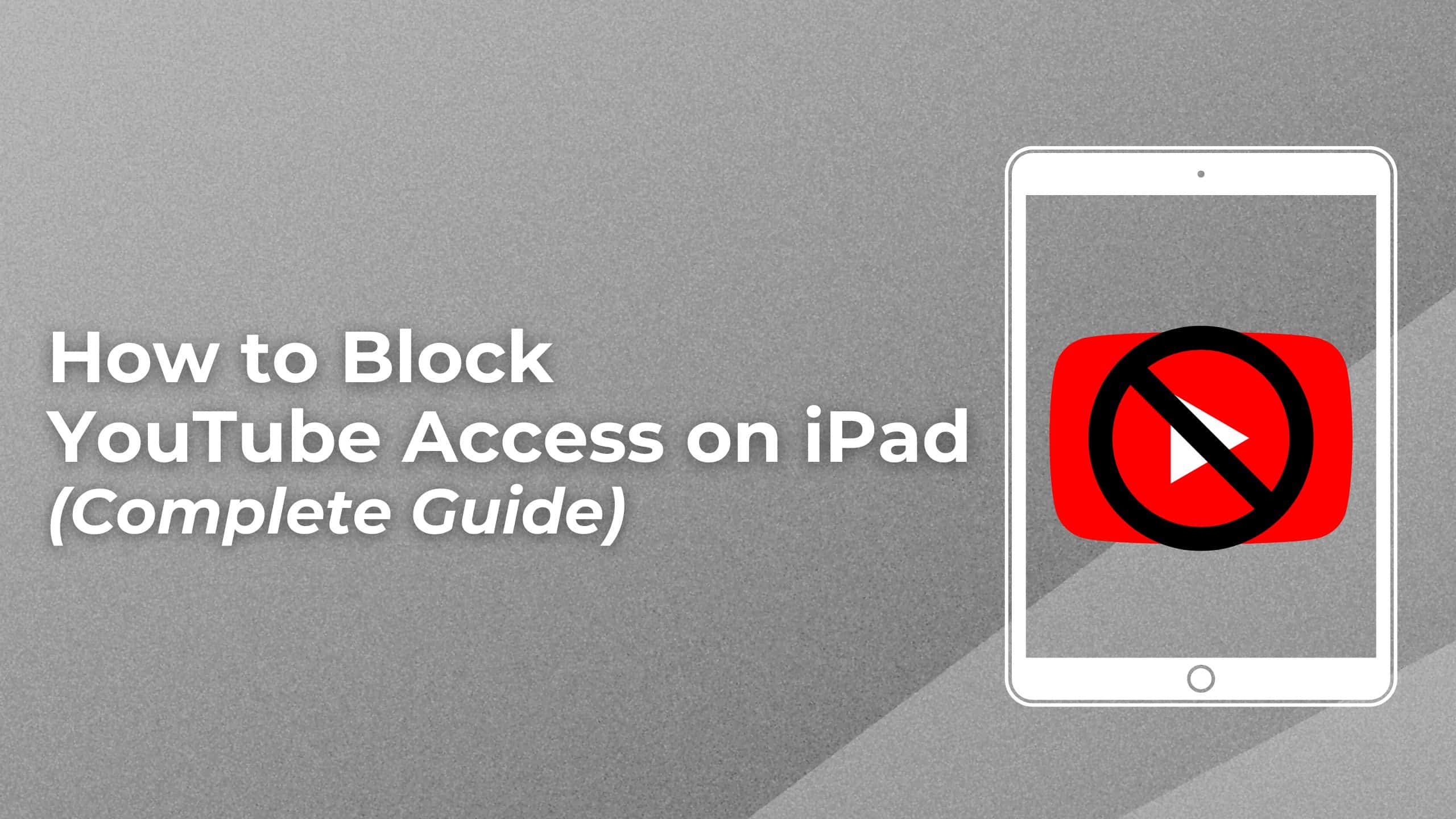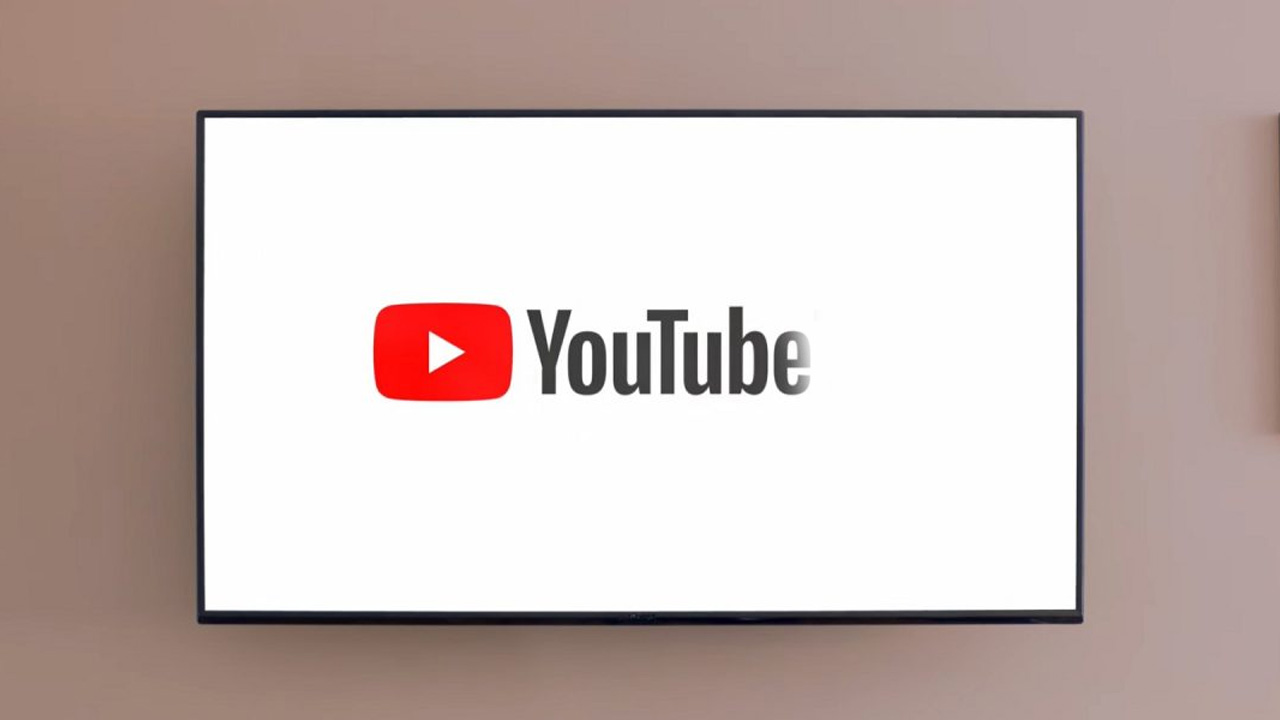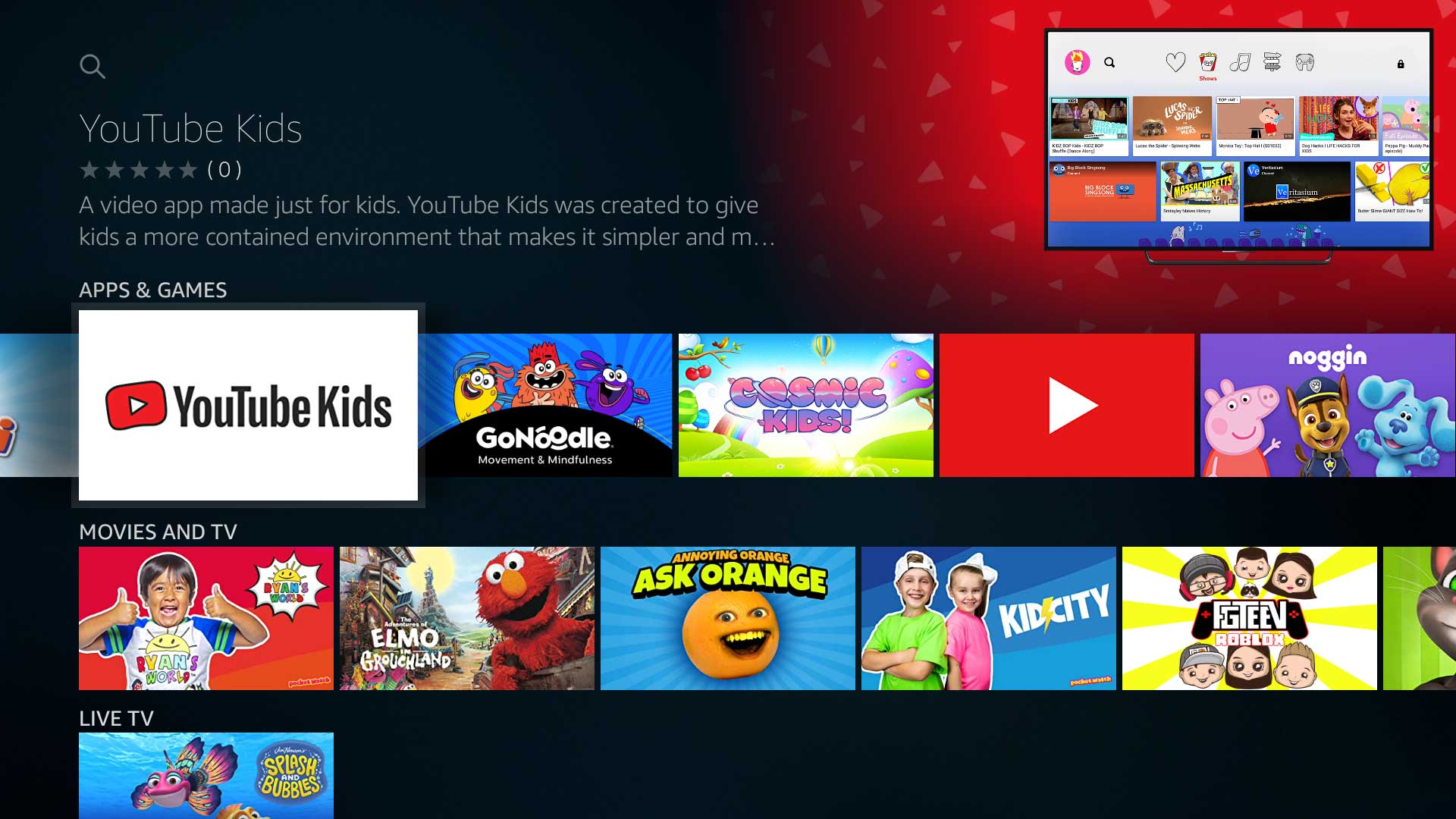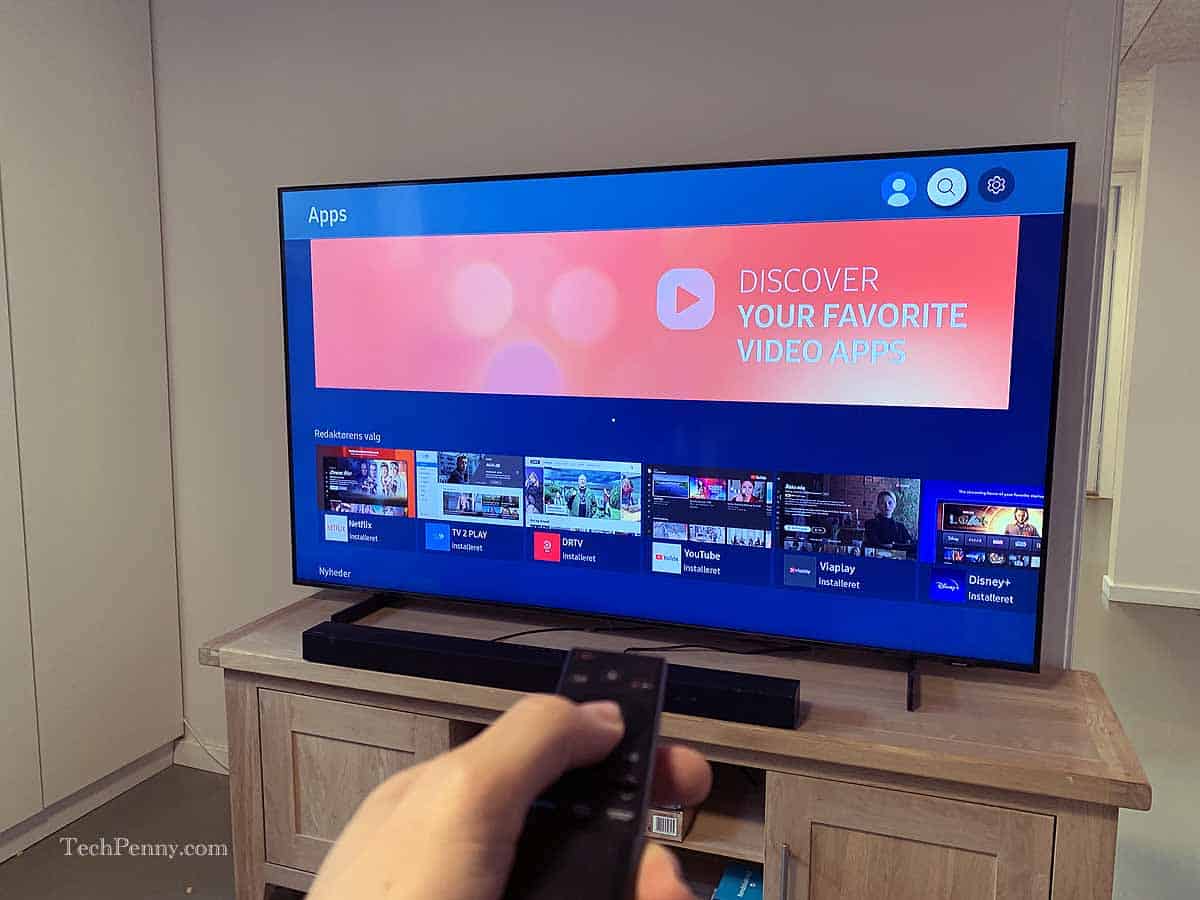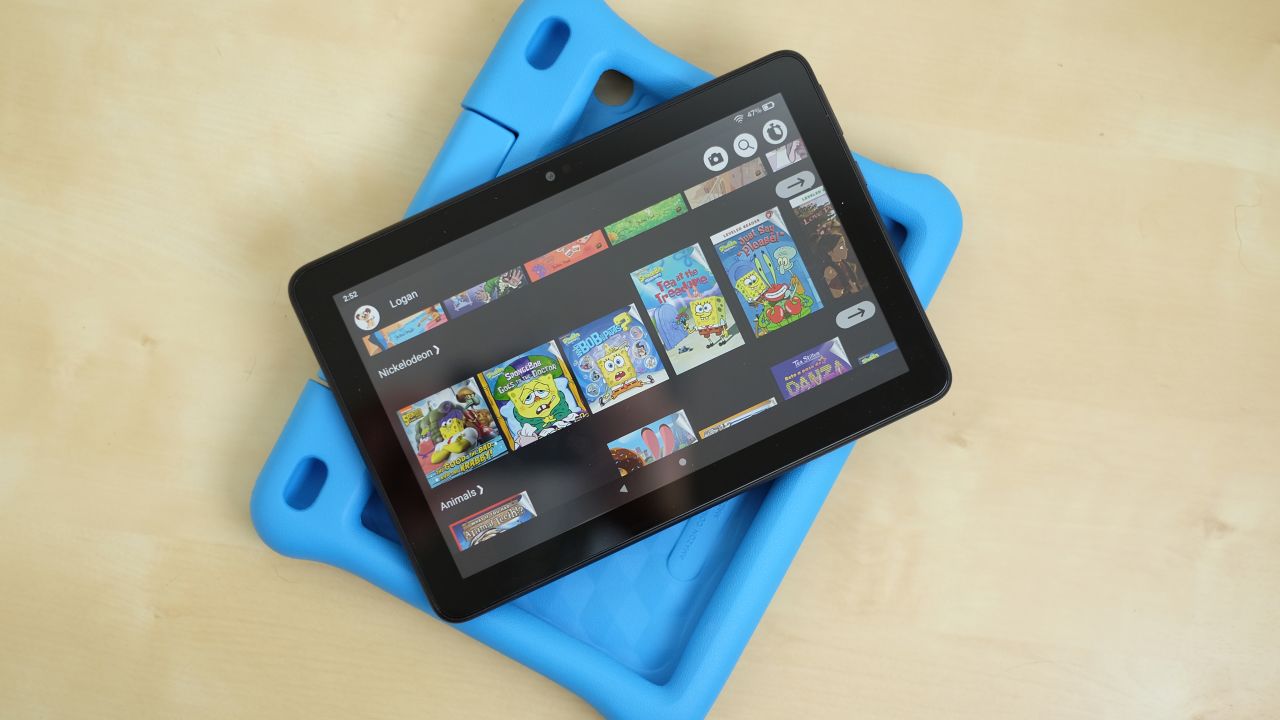Introduction
In today’s digital age, tablets have become an integral part of our lives, offering a convenient way to access the internet, social media, and entertainment. However, as parents and guardians, we need to ensure that our children’s online activities are safe and appropriate. One popular concern among parents is how to block access to certain websites, such as YouTube, on their tablets.
YouTube is undoubtedly a treasure trove of videos, with a wide range of content covering everything from educational videos to entertainment. While YouTube can be a valuable learning tool, it also has its share of inappropriate and distracting content that parents may want to restrict access to.
Blocking YouTube on your tablet can help create a safer browsing environment for your children, ensuring they are exposed to age-appropriate content and reducing the risk of spending excessive time indulging in mindless video consumption. In this article, we will explore different methods to block YouTube on your tablet and provide you with step-by-step instructions on implementing each method.
By implementing these methods, you can have more control over your child’s online experience, allowing them to enjoy the benefits of technology while ensuring their safety and well-being.
Why block YouTube on your tablet?
While YouTube offers a vast array of content, there are several reasons why you may consider blocking access to it on your tablet.
- Inappropriate content: YouTube hosts a wide variety of videos, ranging from family-friendly content to explicit and inappropriate material. By blocking YouTube, you can prevent your children from accidentally stumbling upon videos that are not suitable for their age group.
- Time management: YouTube’s endless collection of videos can be addictive, causing users to spend hours mindlessly scrolling and watching videos. By blocking access to YouTube, you can ensure that your children don’t become overly engrossed, allowing them to allocate their time more effectively.
- Distracting advertisements: YouTube is monetized through advertisements, and these ads can often be distracting and intrusive. By blocking access to YouTube, you can minimize the exposure to these ads, creating a more focused and distraction-free environment for your children.
- Unverified or misleading content: YouTube is a platform where anyone can upload videos, and it’s not uncommon to come across unverified or misleading content. By blocking YouTube, you can reduce the chances of your children being exposed to misinformation or inappropriate content.
- Protecting privacy: YouTube collects user data to personalize recommendations and target advertisements. By blocking access to YouTube, you can protect your child’s privacy and limit the amount of data being collected about their online activities.
By blocking YouTube on your tablet, you are taking proactive steps to ensure that your children have a safe and productive online experience. It allows you to filter out content that may not be suitable for their age, manage their screen time effectively, and protect their privacy while using the tablet.
Methods to block YouTube on your tablet
There are several methods you can use to block YouTube on your tablet, each with its own advantages and limitations. Let’s explore some of the most effective methods below:
- Using built-in parental controls: Many tablets come with built-in parental control features that allow you to restrict access to certain apps and websites, including YouTube. These controls often require setting up a separate user profile with limited permissions and blocking access to specific apps or websites. Refer to your device’s user manual or settings menu to learn how to enable and configure parental controls.
- Installing a third-party app: There are various third-party apps available for both iOS and Android devices that provide advanced parental control features, including blocking access to specific websites and apps. These apps allow you to set up custom restrictions, monitor usage, and enforce time limits. Popular apps in this category include Qustodio, Net Nanny, and Norton Family Premier.
- Configuring your router settings: If you want to block YouTube across all devices connected to your home Wi-Fi network, you can make use of router settings. Access your router’s administration panel through a web browser and look for content filtering or website blocking options. Add YouTube to the blacklist or set up content filtering rules to prevent access to the website.
- Creating a restricted user profile: Some tablets allow you to set up restricted user profiles, which limit access to certain apps and content. By creating a restricted user profile for your child, you can prevent them from accessing YouTube. This feature is available on devices running Android 5.0 or later versions.
It’s important to note that these methods may differ depending on the operating system and device you’re using. Additionally, while these methods are effective in blocking YouTube, tech-savvy users may find workarounds or ways to bypass the restrictions. Regularly monitoring your child’s usage and discussing internet safety with them remains crucial.
Method 1: Using built-in parental controls
Many tablets come equipped with built-in parental control features, making it easier for you to restrict access to certain apps and websites like YouTube. This method allows you to utilize the pre-existing settings on your device to create a safer browsing environment for your child. Here’s how you can use the built-in parental controls:
- Enable parental controls: Open the settings menu on your tablet and look for the parental controls or family settings section. Enable the parental controls feature by following the on-screen instructions. You may need to set up a separate user profile or enter a passcode to access the parental control settings.
- Restrict access to YouTube: Once parental controls are enabled, navigate to the app and content restrictions section. Look for the option to block specific apps or websites. Find YouTube in the list and toggle the switch to block access to the application.
- Tweak additional settings: Depending on your device, you may have the option to further customize the parental control settings. For example, you can set screen time limits, restrict app installations, or block explicit content. Explore the available options and adjust them according to your preferences and your child’s needs.
- Test the settings: After configuring the parental controls, exit the settings menu and test the restrictions by trying to access YouTube. The app should be blocked or restricted, and you should be prompted to enter the passcode or switch to a different user profile to access it.
It’s worth mentioning that the steps to enable and configure parental controls may vary slightly depending on the brand and model of your tablet. Refer to the device’s user manual or the manufacturer’s website for detailed instructions specific to your device.
Using the built-in parental controls on your tablet is a convenient way to block access to YouTube and other inappropriate apps or content. However, it’s important to regularly review and update the settings as needed, as well as engage in open conversations with your child about internet safety and responsible device usage.
Method 2: Installing a third-party app
If your tablet doesn’t have built-in parental control features or if you’re looking for more advanced customization options, you can consider installing a third-party app specifically designed for parental controls. These apps offer a wide range of features to help you block YouTube and manage your child’s online activities effectively. Here’s how you can use a third-party app to block YouTube on your tablet:
- Research and choose a parental control app: Before diving into the plethora of parental control apps available, take some time to research and compare different options. Look for apps that have positive reviews, offer the features you require, and are compatible with your tablet’s operating system (iOS or Android). Some popular parental control apps include Qustodio, Net Nanny, Norton Family Premier, and Famisafe.
- Download and install the app: Once you’ve chosen an app, visit the App Store (for iOS) or the Google Play Store (for Android) and download it onto your tablet. Follow the on-screen instructions to install and set up the app.
- Configure the app settings: After installation, open the app and create an account or log in with your existing account. Set up the desired configurations, such as restrictions on app usage, website blocking, and time limits. Look for options specifically related to YouTube blocking and ensure that it is set to block or restrict access to the app.
- Test the settings: Exit the app and try accessing YouTube on your tablet. The third-party parental control app should either block the app or restrict access, depending on your settings. You might be prompted to enter a passcode or switch to a different user profile to access YouTube.
Remember to periodically review and update the settings of the parental control app as needed, ensuring that it aligns with your child’s evolving needs and your own parental guidelines. Communicate with your child about the app’s purpose and why YouTube access has been restricted, fostering a healthy understanding of responsible device usage and internet safety.
Installing a third-party app offers you more flexibility and control over your child’s online activities. However, keep in mind that some apps may offer additional premium features at a cost or may have different levels of effectiveness depending on the device and operating system.
Method 3: Configuring your router settings
If you want to block YouTube on all devices connected to your home Wi-Fi network, configuring your router settings is an effective method. By blocking YouTube at the router level, you can ensure that all devices, including tablets, are unable to access the website. Here’s how you can configure your router settings to block YouTube:
- Access your router’s administration panel: Open a web browser on your computer or tablet and enter the IP address of your router in the address bar. This IP address is typically mentioned in the router’s manual or marked on the device itself. Alternatively, you can perform a quick online search using your router’s brand and model to find the default IP address.
- Log in to the router: Enter the administrator username and password to log in to the router’s administration panel. If you have not changed the login credentials, you can find the default username and password in the router’s manual or on the manufacturer’s website.
- Find content filtering or website blocking settings: Once logged in, navigate through the router’s settings to find the content filtering or website blocking options. This section may be labeled differently depending on the router’s brand and firmware. Look for features such as “parental controls,” “access restrictions,” or “content filtering.”
- Add YouTube to the blocked list: In the content filtering or website blocking settings, add YouTube to the list of blocked websites. You may need to enter the complete URL of YouTube or specify a keyword to block any web address containing that keyword. Save the settings to apply the changes.
- Test the settings: Connect your tablet to the Wi-Fi network and try accessing YouTube. The router should block access to the website, displaying a message or error indicating that the site is unavailable.
Remember that configuring your router settings to block YouTube will affect all devices connected to your home Wi-Fi network. If you have other devices that you want to exempt from the restriction, you will need to find alternative methods to block YouTube specifically on those devices.
Additionally, note that router configuration interfaces can vary significantly depending on the router brand and model. If you encounter any difficulties while configuring the settings, consult the router’s manual or visit the manufacturer’s website for specific instructions related to your router.
By blocking YouTube at the router level, you can have better control over your home network’s internet usage and provide a safer browsing environment for all devices connected to your Wi-Fi network.
Method 4: Creating a restricted user profile
If you’re using an Android tablet running on Android 5.0 or later versions, you have the option to create a restricted user profile. This method allows you to set up a separate user profile with limited access to apps and content, including blocking YouTube. Here’s how you can create a restricted user profile on your Android tablet:
- Access the settings menu: Open the settings menu on your Android tablet. This can usually be done by swiping down from the top of the screen and tapping on the gear icon.
- Navigate to the user settings: Scroll down and look for the “Users” or “Users & accounts” section in the settings menu. Tap on it to access the user management settings.
- Add a restricted user profile: In the user management settings, you will see an option to add a user or profile. Tap on it and select “Restricted Profile” or “Guest User” from the available options.
- Configure the profile settings: Customize the restricted user profile by selecting the apps and features you want to allow or block. Look for YouTube in the list of installed apps and toggle the switch to block access to the app for the restricted user profile. You can also choose to disable other features like internet browsing or app installation.
- Switch to the restricted user profile: Once the profile settings are configured, switch to the restricted user profile by either tapping on the user icon in the top right corner of the screen or by going back to the main settings menu and selecting “Users” again. Select the restricted user profile and enter the necessary credentials if prompted.
- Test the settings: Switch to the restricted user profile and try accessing YouTube. The app should be blocked or restricted, and you should not be able to access it from the restricted user profile.
Creating a restricted user profile is a convenient way to limit access to certain apps, including YouTube, on your Android tablet. This method allows you to provide a safe and controlled environment for your child while using the device. You can exit the restricted user profile and switch back to your own profile at any time by following the same steps mentioned above.
Note that the steps and options to create a restricted user profile may vary slightly depending on the version of Android and the device you are using. Refer to the device’s user manual or the manufacturer’s website for specific instructions tailored to your tablet.
By utilizing a restricted user profile, you can ensure that your child’s access to YouTube is restricted, promoting a safer and more controlled browsing experience on your Android tablet.
Conclusion
Blocking YouTube on your tablet is an important step to create a safer online environment for your children. Whether it’s to protect them from inappropriate content, manage their screen time, or safeguard their privacy, there are several effective methods you can use to block access to YouTube.
By utilizing the built-in parental controls on your tablet, you can easily restrict access to YouTube and other apps. These controls allow you to set up separate user profiles with customized restrictions, providing you with more control over your child’s online experience.
If your tablet doesn’t have built-in parental controls or if you’re looking for more advanced features, installing a third-party app designed for parental controls is a great option. These apps offer a range of features like website blocking, app restrictions, and time management tools, giving you the ability to block YouTube and monitor your child’s online activities more comprehensively.
For those looking to block YouTube across all devices connected to their home Wi-Fi network, configuring router settings is an effective method. By blocking YouTube at the router level, you can ensure that all devices, including tablets, are unable to access the website.
If you’re using an Android tablet, creating a restricted user profile is another method to consider. By setting up a restricted user profile, you can control access to apps and content, including blocking YouTube, on your tablet.
Remember, while these methods provide effective ways to block YouTube, it’s important to have open conversations with your children about internet safety. Keeping an eye on their online activities, setting appropriate boundaries, and fostering responsible device usage are all crucial in creating a safe and balanced digital environment for your children.
Choose the method that suits your needs and your device, and take proactive steps to ensure a safe and controlled online experience for your children. By blocking YouTube on your tablet, you can provide a safer browsing environment, manage screen time effectively, and protect your child from exposure to inappropriate content.







